Rooftop Tent Camping – Elevate your Camping
There is no better way to experience camping in the wilderness than to be perched in a fort above the elements with windows and views of nature above the ground. Rooftop tent (RTT) camping is an entirely new, exciting, and fun way to camp.
We’re excited to welcome you to the wonderful world of RTT Camping, and we hope you read on to learn what you should know to make an informed decision on rooftop tents. We’ll help you make sense of all the features, options, and capabilities you should be aware of in planning your purchase and finding a tent that fits your mission.
I’ve been using our Tepui Roof Top Tent for about four years now and we absolutely love it. There is no better way to go camping. One of the best things about our Tepui is that it’s an instant conversation starter no matter where we go camping. It’s a wonderful way to meet people, share our stories and I’m excited to share my experience with you. Please feel free to leave a comment below with any questions/concerns you may have – and we’ll keep this guide updated with our experience and reader feedback.
What are Rooftop Tents?
The Rooftop Tent concept is often believed to have originated in Australia, a notion that makes sense considering the continent’s large insects. These remarkable tents, popularized in the Australian outback, offer protection from the ground-dwelling wildlife.
Rooftop Tents (RTTs) are exactly what their name suggests: tents installed on the roof of a vehicle or trailer, affixed to the cross beams. They provide a more enjoyable camping experience, as they are quick to set up, elevated from the ground, and generally better equipped to withstand the elements.
For those interested in “Overland Camping” and convenience, the Rooftop Tent setup epitomizes this outdoor adventure style.
Types of Rooftop Tents
Roof Top Tents (RTTs) are available in various shapes and sizes, but they are commonly categorized into soft shell (fabric) and hard shell (polymer or fiberglass), with different sizes and capacities. Typically, whether a hard shell or soft shell, their design is based on the number of people they can accommodate for sleeping.
Hard shell rooftop tent
Hardshell rooftop tents typically come in pop-up or clamshell designs. As suggested by the name, they feature a hard shell, often with a clamshell design for the top and fabric sides. These tents are ideal for one or two people, boasting rapid and straightforward setup processes. Hardshell rooftop tents provide superior protection against the elements, along with the convenience of quick and easy setup. Additionally, some hardshell tents include the added benefits of storage space and utility areas while mounted on your roof.
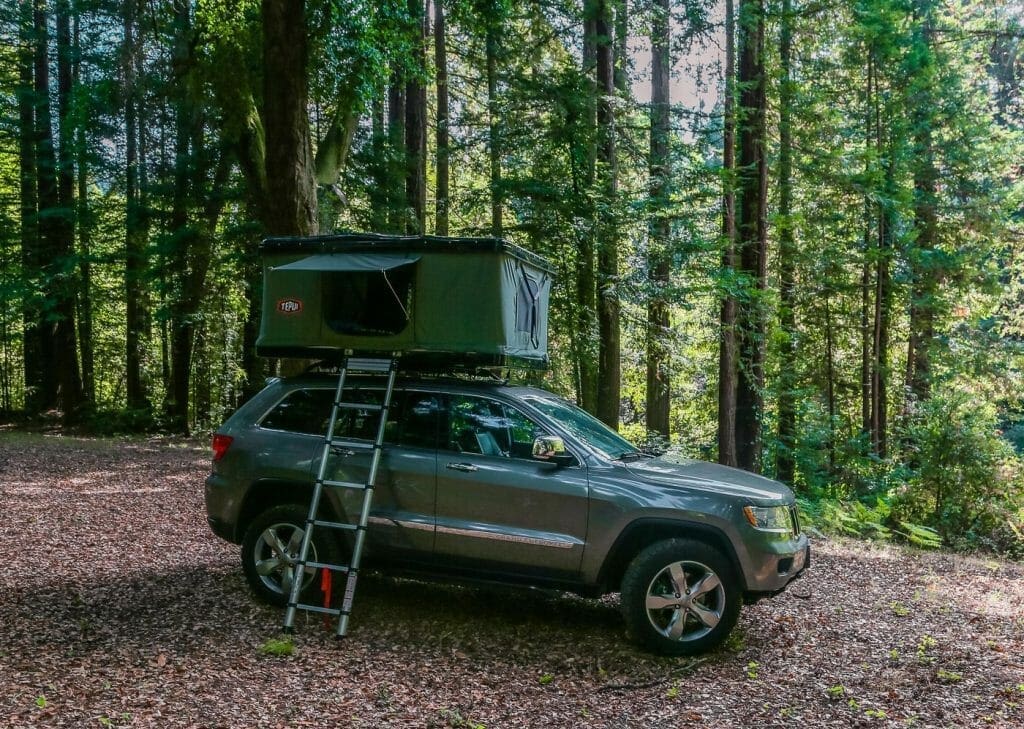
Soft shell rooftop tent
Soft shell rooftop tents are the most prevalent and typically the most budget-friendly option. They can accommodate from one to four or more people and are constructed with durable fabrics, poles, and attachment parts.
There are two primary types of softshell tents in the industry: those with a ladder at the front, allowing you to climb up through a door, and those with a ladder beneath the tent, where you ascend through an entrance at the bottom.
My preference is not strong, except that these two styles often influence design choices for aesthetics and functionality. For instance, if you’re considering a vestibule setup desiring space underneath, a bottom-ladder style means the ladder will be sheltered by the vestibule, whereas front-entry models are typically exposed to the elements. I favor the front entry design for its excellent views with open doors and its simplicity and style. Additionally, bottom entry models tend to be larger, offering extra space at the entrance, which can be advantageous for pet owners.
Side Entry RTT
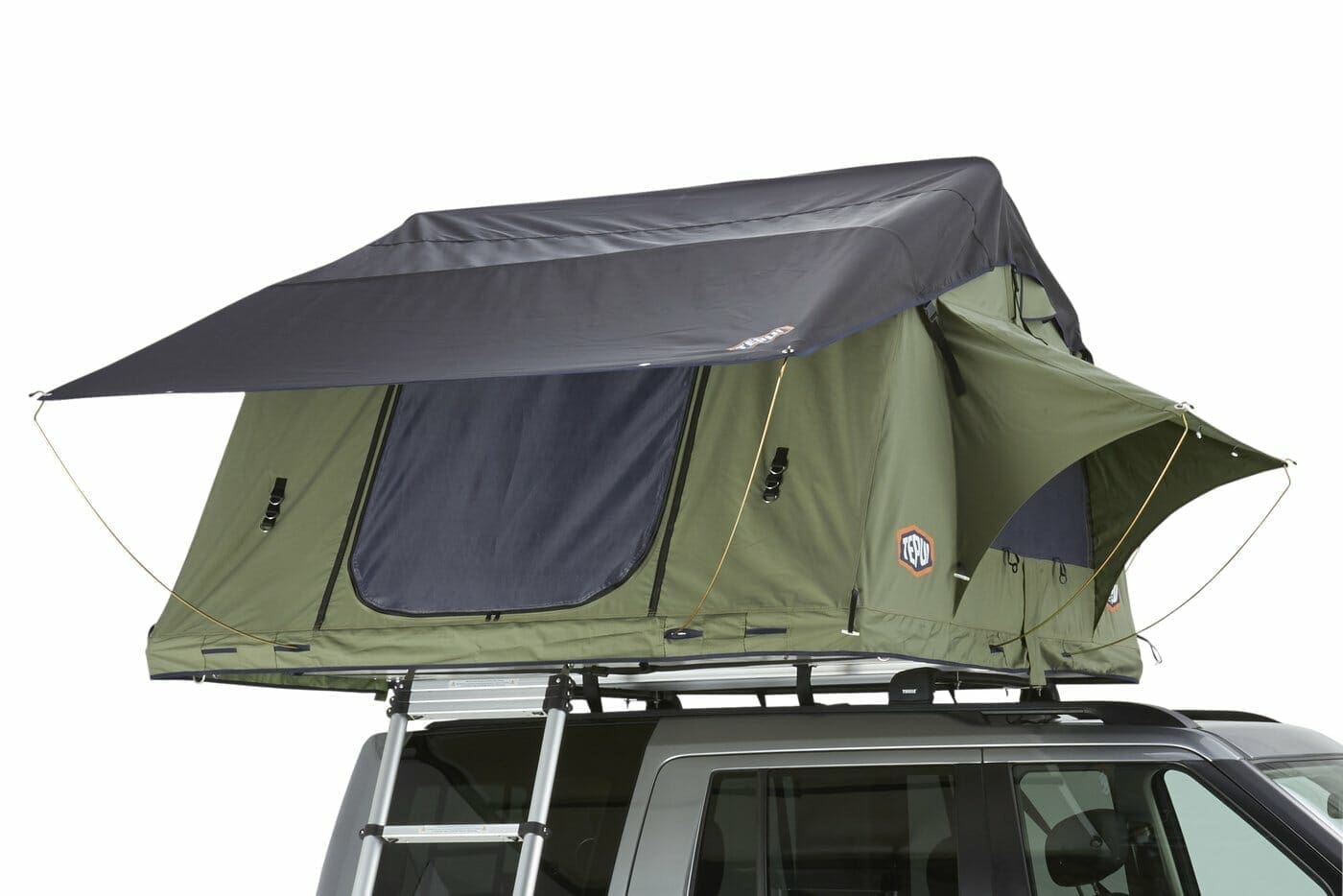
Bottom Entry RTT
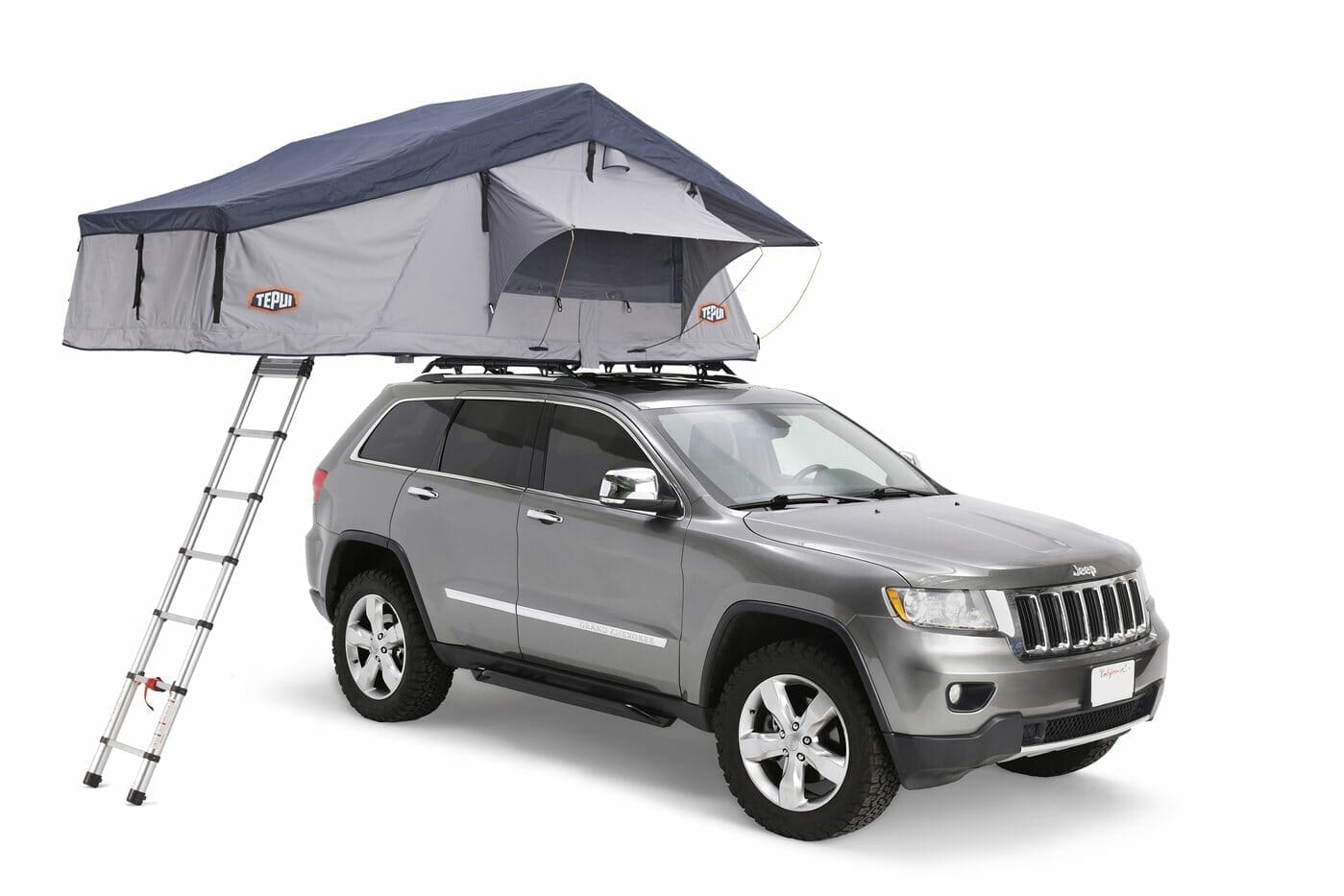
What to look for in shopping for a rooftop tent
When shopping for a rooftop tent, there are a few things you should look for. Beyond the design/appearance and looks that you strive for you should make sure that the tent will perform, last, and when the inevitable wear-outs and breakdowns happen that you can get parts and service for your gear.
What is your mission? Are you camping for two? Camping for a family? Going off roading? Overlanding? Weekend getaways a few days a year or spending weeks on the road in four season weather?
Think about your mission and then understand tent designs, quality and performance features needed to exceed your mission goals.
Build quality
The general build quality of deck, poles, platform, and shell. Will it hold up to your mission? Will it be durable? Is it flimsy? Known problems? Just like any camping gear – you often get what you pay for. I look for wrapped poles – if the tent company can engineer a rooftop tent that collapses, has wrapped poles, and made of good materials then I know they put the effort in to think not just of RTT design but usability.
You also want a good sturdy base – it is folding up and holding you up above the car/trailer and giving you a rigid above-ground platform to sleep on. Not only should it be durable for this purpose but also durable on the bottom to withstand debris and water. My tent is on an expedition trailer that will be dragged around on old mining trails and off road useable so I opted for an extra durable build with diamond plating since trees/dirt/rocks may be flying up or brushing by.
Quality of fabrics
This is your second most major decision when choosing an RTT brand to go with – What is the quality of the fabrics and components but fabrics being topmost. You want durable fabrics, heavy weaves, and good protection. You want fabrics that will not only withstand weather, temperatures, humidity, and rain but also will withstand the force of being packed and stored and being zippered away.
Speaking of packing away, no matter which tent you buy or use, always be sure to let it dry out completely before any long-term storage. You don’t want any mold or mildew buildup on your tent ruining your fabrics and shortening the lifespan of your investment.
Spares/parts
Ask your potential RTT vendor how long they have been around, whether they still sell spares and parts of tents that are discontinued. The last thing you want to do is buy a tent from a company that won’t make parts once they move on to newer designs or styles. You’re investing a lot of money in a product that should last for many years to come. Name brands like Tepui and CVT are known to support their products and offer good warranties as well.
Mattress
This is one of the beautiful things about RTT tents; they come with a padded mattress. It may not be essential or wise to spend a ton of money shopping for an RTT purely on the mattress comfort alone as you can often throw a foam mattress pad on top to give you just the comfort you seek. We carry a 2.5″ king-size mattress pad that on top of our tents has a built-in pad that gives us a comfortable space to sleep in. (Totally spoiled!!)
Aesthetic Features
I love the roof skylights on my Tepui, and it was the reason I chose one brand over another. Choose a color you like; choose the layout you prefer and shop around for the features you want. Do you like both ends of your tent to open to have a portal view of the wilderness? Do you like removing the rainfly and watching the stars while laying on a comfortable mattress protected from the elements through roof skylights/windows? These features vary between tents and manufacture and while they don’t necessarily modify the tents’ capability, they are excellent features I enjoy so be aware of the slight difference, features, and characteristics of the brands and products available.
Moisture pad/barrier
Moisture is a common issue in tents, whether rooftop or ground-based, but it can be particularly problematic in RTTs. Investing in a moisture pad or barrier is a wise choice to protect your mattress pad and sleeping area from any moisture that may seep through the tent. While most manufacturers include moisture barriers with their premium models, nearly all offer the option to purchase them separately. It’s a good investment to ensure your tent remains comfortable and dry.
To combat moisture in my tent, I’ve invested in a renewable dehumidifier that’s easy to use and can be plugged in to dry out for reuse. It requires no electricity while in the tent, and it has been effective in reducing humidity and moisture inside.
Buy Online: Eva Dry E-500 Portable de-humidifier
Size
When considering how many people to accommodate in your tent, think about the size you’re comfortable with and the weight your vehicle or trailer can safely carry. Tent sizing is not standardized; for instance, a two-person tent might be snug for two individuals who prefer personal space. If you enjoy ample room and there are only two of you, a tent for three or more might be preferable. I opted for a four-person tent for my wife and me, allowing space for our children to camp separately, yet it’s large enough to shelter the whole family snugly in poor weather or unfamiliar areas.
Additionally, when selecting a tent, consider if it allows for storage of sleeping essentials like bags, blankets, pillows, or pads while collapsed. This feature can save time and space, though it’s not available in all brands. Some tents have sufficient room to accommodate these items without straining the cover when packed down. It’s worth inquiring about this capability while shopping for a tent.
Addon Features available
Annex room
Consider adding an Annex Room beneath your tent. Many rooftop tent manufacturers offer these, which can greatly enhance your living space, privacy, and utilization of the area under your tent. They are perfect for dining areas, additional sleeping quarters (especially for children), pet spaces, storage, or even as a shower and privacy area.
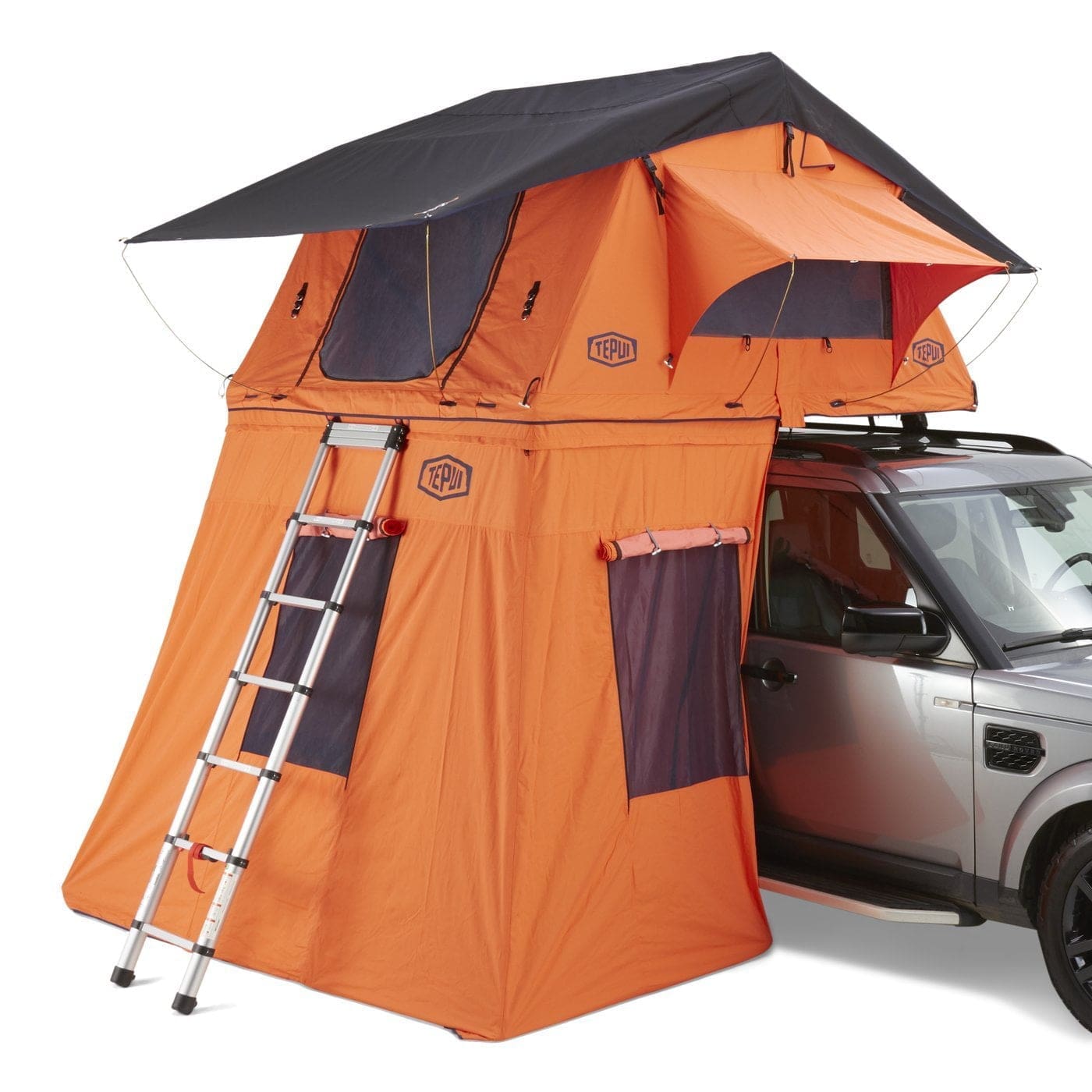
Awnings
Awnings aren’t necessarily part of the rooftop tent design, but many companies offer awning accessories that complement rooftop tents. These usually provide great coverage and ease of setup & removal just like a tent, and some even offer up to 190 degrees of coverage. The 240-degree ones are great for having a left/right awning that covers your vehicle tailgate making them great for shade and vehicle access in inclement weather!

Accessories
There are an infinite number of accessories for your tent, but the common ones that we would recommend are shoe bags, lanterns, and lighting. Most tents come with plenty of internal pockets, but we’ve learned its best to have a shoe bag or duffel type bag that can hang out by the front door, so you can easily take your shoes/flip flops on and off while climbing in and out to minimize dirt inside the tent. Cool lanterns that can hang from the inside mounting brackets or bars are nice, and we love some of the rope lights that can be used to light up inside the tent.
If you’re looking for an awesome Lithium-Ion Portable Power bank, check out our review of the RockPals 300w Portable Power system. This little device works great to provide power off the grid while you’re out camping in your rooftop tent!
Vehicle rooftop compatibility
When selecting a roof rack, it’s crucial to ensure it matches your tent’s weight and size ratings. There are several ratings to consider, and understanding them is vital.
Dynamic Weight Rating refers to the maximum weight your vehicle can carry while in motion. This information is typically provided by your roof rack company (like Yakima or Thule) or your car manufacturer in the vehicle sizing guide.
Static Weight Rating indicates the maximum weight the entire system can support when the vehicle is stationary.
The average maximum dynamic rating often hovers around 160 lbs, meaning the combined weight of your collapsed tent and any hardware or attachments should not exceed this limit while driving.
For the static weight rating, it’s essential not to surpass the system’s limit when the tent is open and occupied. For instance, if two adults and two children are using a four-person tent, the static weight rating must accommodate the tent’s 150 lbs, approximately 30-40 lbs of gear, and the occupants’ weight.
I opted for a trailer mounted rooftop tent because my Jeep, whether with a hardtop or soft top, lacks a manufacturer-specified static weight rating, and I preferred not to install an external cage system for the tent.
Remember, if you own a Jeep or a truck with a bed cover, these vehicles often lack a static weight rating for a rack system on their plastic/polymer roofs. You might need to create, construct, or purchase additional support systems to transport and use your tent safely. It’s always best to adhere to the manufacturer’s recommendations and not exceed your vehicle’s weight or balance limits.
Choosing where to put your RTT
You have two essential choices that come with purchasing an RTT – Do you install it on your vehicle, or do you mount it on a trailer?
When you install your rooftop tent on your vehicle, you must remember that any time you drive, you must close the tent. This process can take anywhere from 2-3 minutes to 15-20 minutes depending on the setup you have. If you have an annex room, awning, and a vast 4+ person tent, it will take you a while to set up and teardown the RTT, and you will want to keep this in mind for how you choose to carry your RTT.
If you install it on a trailer, then you can secure and leave the trailer set up as a basecamp. This is what we chose to do with our Tepui Roof Top Tent. I have it installed on an expedition trailer that not only carries the RTT but all our gear and allows me to drive off with the Jeep and have a base camp.
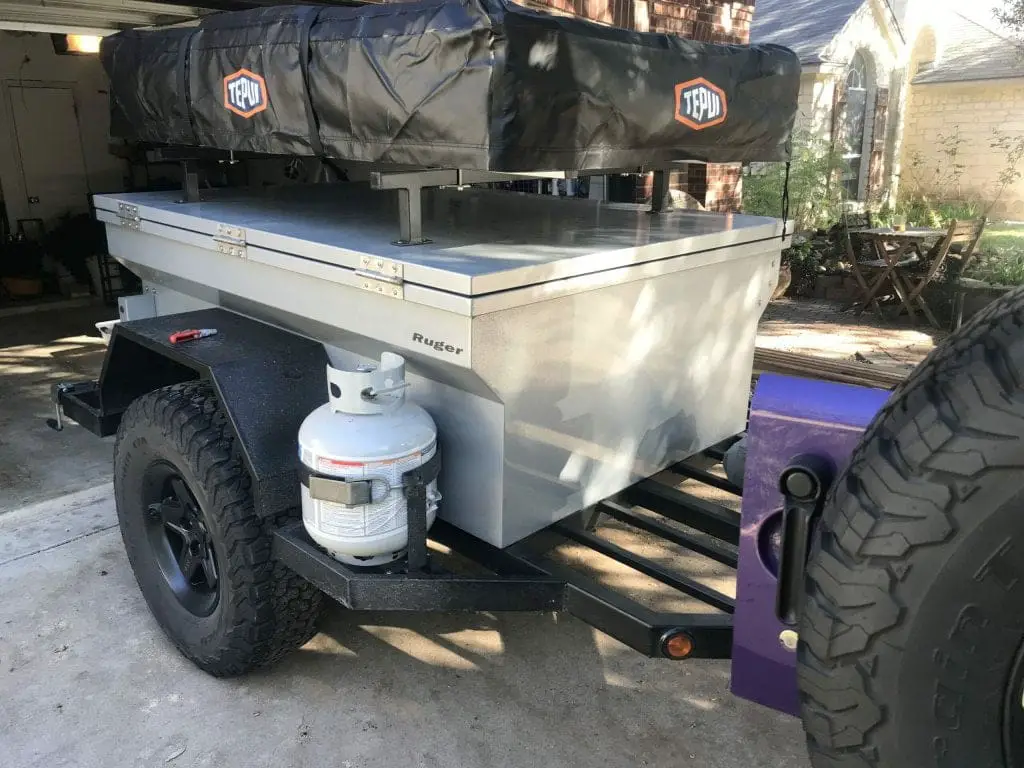
With the expedition trailer setup, I can carry hundreds of lbs. of gear inside the trailer and coolers on the tongue and keep my Jeep mostly free for the family and enjoying excursions. Before the trailer I had a roof top carrier and the vehicle packed to the brim, so I’ve enjoyed having much more space and a base camp style setup.
Regardless of trailer or roof install, it’s common for people to call this type of camping “overlanding.” With overlanding people build impressive off-road rigs capable of trail driving and off the beaten path camping. Overland/Expedition vehicles & camping is universally exchangeable to describe these setups and trailer systems.
Our primary rig is our Jeep, so check out our in-depth guide on our rooftop tent for Jeep.
Where to buy a roof top tent
Rooftop tents (RTTs) can be cumbersome and expensive to ship. Most companies use freight shipping, which can add an extra $200 to $300 to the cost, particularly for residential delivery. Some brands include shipping in their base price, especially if they specialize in online sales, while others use Amazon to offer free shipping for Prime members. Still, others rely on traditional retail channels like local sporting goods, off-road, camping, or truck specialty stores. Buying locally is always my recommendation, as a local warranty is invaluable—no one wants the hassle and expense of shipping a product that could cost up to $600 to return! If buying online, Amazon’s convenience is tough to match unless you’re purchasing directly from the vendor.
We hope this information is helpful and provides you with the knowledge to choose your new rooftop tent. We adore ours and believe these tents are revolutionary. They always spark conversations when we’re camping, and setting up camp always puts a big smile on my face. Despite the initial cost, the luxury of a rooftop tent offers the incredible reward of enjoying the great outdoors from an elevated view, offering a warmth to the heart that ground-level camping simply cannot match.
FAQs
What is the benefit of a rooftop tent?
Fast Setup, being off the ground, high durability, and amazing views are just a few benefits of rooftop tents. My Rooftop Tent is set up in less than 10 minutes and by set up, I mean my trailer is parked, my tent is up and we’re sipping on drinks under the shade of our pop-up cover enjoying our temporary home.
What are good Rooftop tent brands?
From personal experience and knowledge CVT and Tepui are strong brands, however the market is growing and changing. We’re always interested in hearing about your experiences.
What is the biggest rooftop tent?
The largest rooftop tents are typically four person tents. CVT has XL variety of tents and will typically have some of the largest options of the many brands.
Is there a rooftop tent I can stand in?
Most are designed to be stable and have a low center of gravity and be safe to move around in. They feel safe and sturdy because of this low center of gravity and low roof. They’re still amazingly comfortable and roomy inside.
Which Rooftop tent is the best?
Whatever fits your mission, budget, and desire. I would advise that you buy from reputable companies that have been in business, stand by their product and those that offer good parts and a warranty. Rooftop tents are in investment, and you should get years if not decades out of your investment.
Where to buy a rooftop tent?
Rooftop Tents are big and weigh a LOT. If you can find a rooftop tent on Amazon with prime shipping, you may have just saved yourself over $350 dollars or so in freight shipping. Some retail stores will offer shipping to store for free – such as REI, so take advantage of ship to store or free prime shipping to save hundreds on delivery of your roof top tent.
Why are rooftop tents so expensive?
In general, Rooftop tents are heavy duty tents designed to withstand overlanding, off road and extreme conditions and weather – including being attached to a vehicle year-round. They’re designed with heavy duty fabrics, long lasting mattress pads, moisture barriers, strong bases, pockets, sky lights, mosquito/bug netting and so much more.
Can a rooftop tent go on top of my car?
I’ve seen them on about any car you can think of. The deciding factor is the vehicle’s roof rack weight bearing capability and whether the Rooftop Tend exceeds that load.
Pin It!
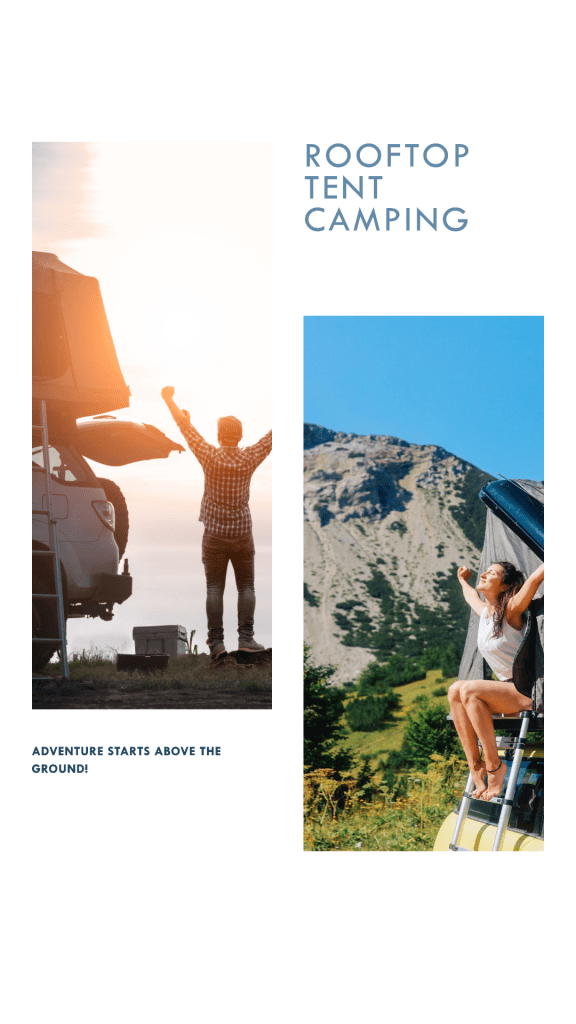
Do you have a rooftop tent (RTT)? Have any feedback, comments, or suggestions? We love hearing from our readers – leave a comment below and let us know what you think about these amazing rooftop tents!

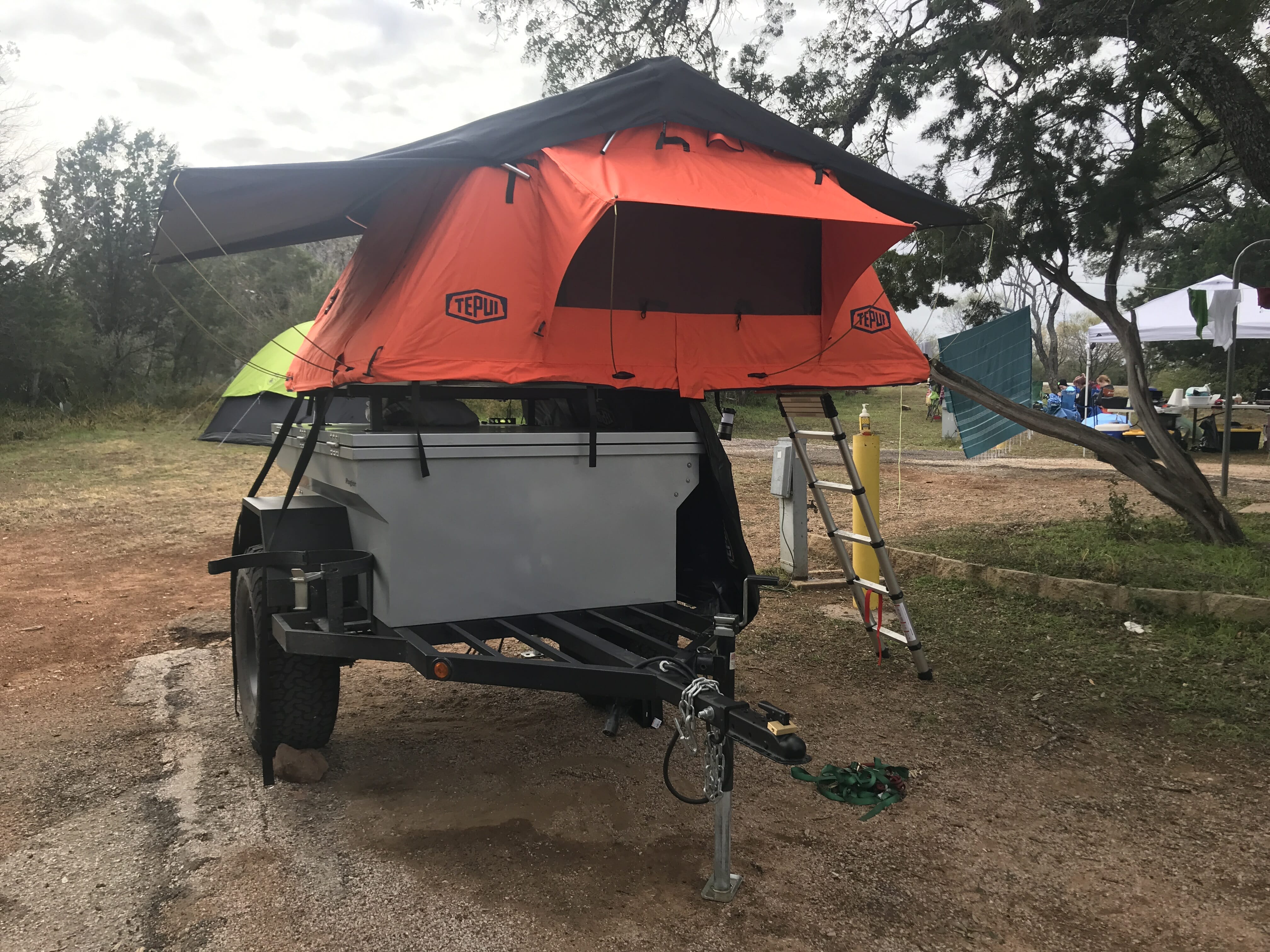



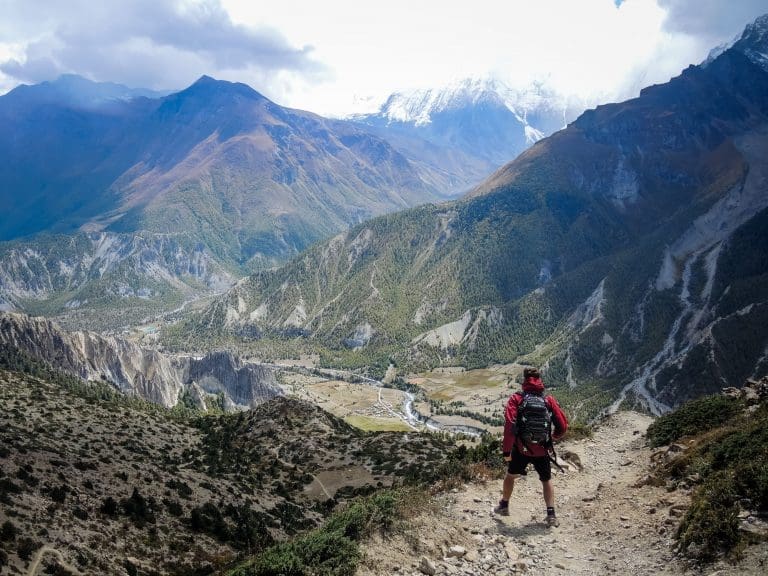


Thanks for informing me that a hard shell rooftop tent is an excellent camping choice for solo camper because it can be set up easily and quickly. I’m planning to go on a solo camping trip to relax and unwind after a devastating break-up with my long-term girlfriend. Perhaps I should start to look for a vehicle rooftop tent supplier because it would be a really handy camping gear for me. Thanks!